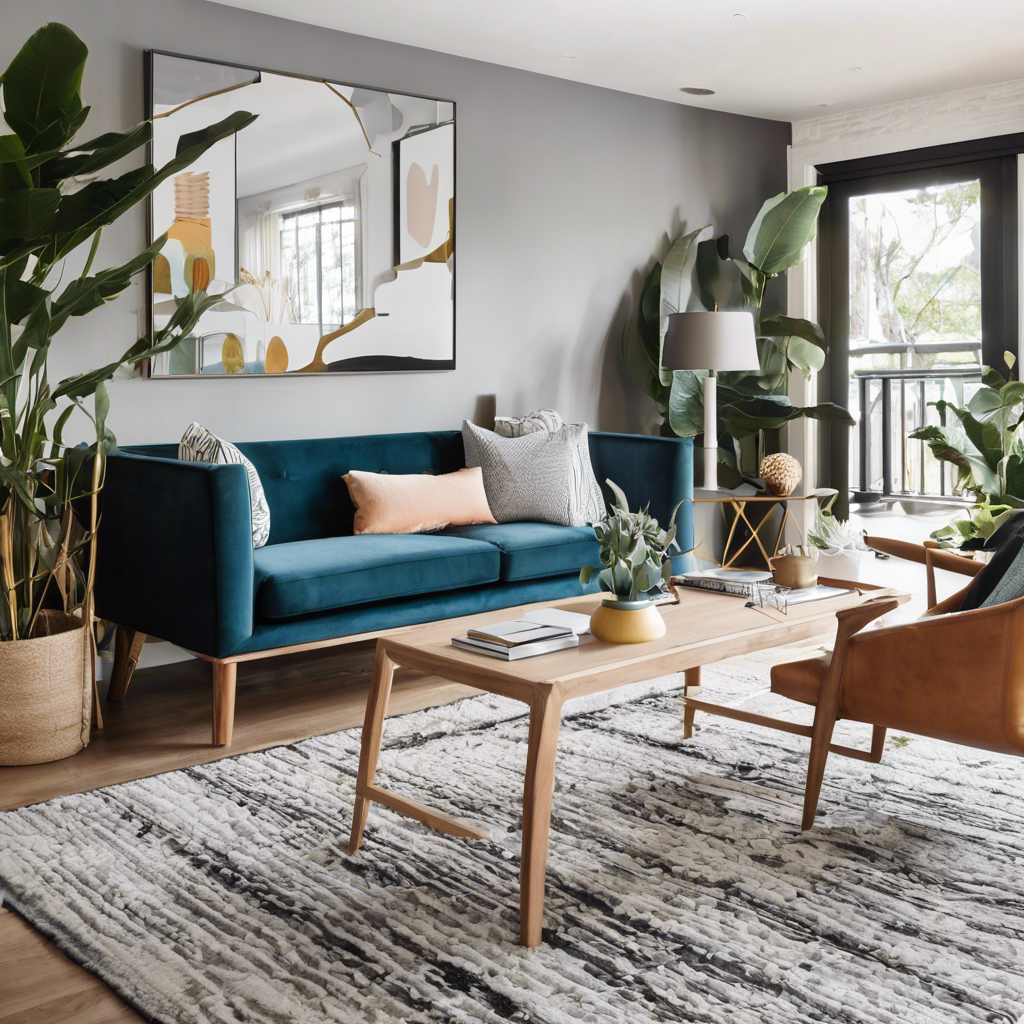Staging a home for a quick sale is a crucial step in the process of selling your property. When potential buyers walk into a staged home, they should be able to envision themselves living there. A well-staged home creates a lasting impression and can significantly impact the speed at which your home sells. Here are some key tips on how to stage your home effectively for a quick sale.
First and foremost, decluttering is essential when staging a home. Remove any unnecessary items, personal belongings, and excessive furniture. Clutter can make a space feel smaller and distract potential buyers from seeing the true potential of the home. Consider renting a storage unit to temporarily store items that are not essential for the staging process.
Once you have decluttered, it’s time to deep clean the entire house. A clean home not only looks more appealing but also gives the impression that the property has been well-maintained. Pay attention to details such as baseboards, windows, carpets, and appliances. Consider hiring professional cleaners for a thorough and spotless finish.
Neutral colors are your best friend when staging a home. Repainting walls in neutral tones such as whites, beiges, or light grays can make a space feel more inviting and spacious. Neutral colors also allow potential buyers to envision their own style and furniture in the home, making it easier for them to connect with the space.
Lighting plays a crucial role in setting the mood and ambiance of a home. Make sure to maximize natural light by opening curtains and blinds during showings. Additionally, consider adding extra lighting fixtures such as table lamps, floor lamps, and overhead lights to brighten up darker areas of the house.
Furniture arrangement is another key aspect of staging a home. Arrange furniture in a way that creates a natural flow and highlights the best features of each room. Avoid blocking windows, doorways, or architectural details. In living spaces, create conversational seating arrangements that encourage interaction and relaxation.
Accessorizing with tasteful decor can elevate the overall look of a staged home. Add decorative accents such as throw pillows, rugs, artwork, and plants to bring warmth and personality to each room. Be mindful of not over-accessorizing, as too many decor items can create visual clutter.
Curb appeal is the first impression that potential buyers will have of your home. Make sure the exterior of your property is well-maintained and inviting. Consider painting the front door, planting flowers, mowing the lawn, and cleaning up any outdoor clutter. A welcoming exterior sets the tone for what’s to come inside.
In the kitchen, focus on decluttering countertops and showcasing the functionality of the space. Invest in new cabinet hardware, update outdated fixtures, and consider minor upgrades such as a fresh coat of paint or new appliances if budget allows. A clean and modern kitchen is a major selling point for buyers.
Similarly, in the bathrooms, cleanliness is key. Replace old caulking, update lighting fixtures, and add fresh towels and accessories to create a spa-like atmosphere. Consider small upgrades such as a new shower curtain or vanity mirror to enhance the overall look and feel of the space.
When staging bedrooms, aim to create a serene and inviting atmosphere. Make the bed with fresh linens, add decorative pillows, and ensure that furniture is proportionate to the size of the room. Keep personal items to a minimum and create a neutral and calming environment that appeals to a wide range of buyers.
Storage space is a major selling point for many buyers. Show off the potential of closets and storage areas by organizing them efficiently. Remove excess items to create a sense of space and storage capacity. Consider investing in closet organizers to maximize storage and showcase the functionality of each space.
Consider the layout and functionality of each room when staging your home. Highlight the purpose of each space by arranging furniture in a way that emphasizes its intended use. For example, designate a home office area in a spare bedroom or showcase a dining area in an open-concept living space.
When staging outdoor areas such as patios, decks, or balconies, create inviting spaces for relaxation and entertainment. Add outdoor furniture, potted plants, and lighting to showcase the potential for outdoor living. Consider staging these areas with cozy seating arrangements and decor that complements the style of the home.
During showings, create a welcoming atmosphere by adding subtle touches such as fresh flowers, a bowl of fruit, or a scented candle. These small details can make a big impact on potential buyers and create a memorable experience. Consider playing soft background music to enhance the ambiance of the home.
Consider hiring a professional stager to help you showcase your home in the best possible light. A professional stager has the expertise to highlight the key features of your home and create a cohesive and inviting design. They can provide valuable insights on furniture placement, decor choices, and overall presentation.
In conclusion, staging your home for a quick sale is a strategic process that requires attention to detail and a focus on creating a welcoming and appealing environment for potential buyers. By following these tips and investing time and effort into staging your home effectively, you can increase the chances of selling your property quickly and at a desirable price. Remember, the goal is to make potential buyers fall in love with your home from the moment they walk in.
